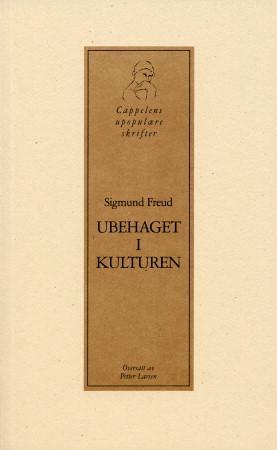
A-Z of British Coachbuilders 1919-1960 av Nick Walker
449,-
Coachbuilding on motor car chassis evolved from carriage building, and the development of the coachbuilt body closely followed that of the motor car. From the beginning of the 20th century until the arrival in the late 1930s of unitary construction for motor cars, in which the separate chassis and body gave way to a combined body/chassis structure, coachbuilding flourished in Britain, with hundreds of firms exhibiting their latest designs at motor shows year after year. But by the outbreak of World War 2, the industry was already in terminal decline. Many coachbuilders, like Barker or Hooper built one-off bodies for the `carriage trade'', the noble and wealthy who sought the distinction of choosing a style of body and interior to suit their personal tastes and requirements, and such bodies were naturally to be found on the most expensive makes of motor car, like the Rolls-Royce, Bentley and exotic marques from the Continent. Other coachbuilders aimed to produce inexpensive bodies in se








